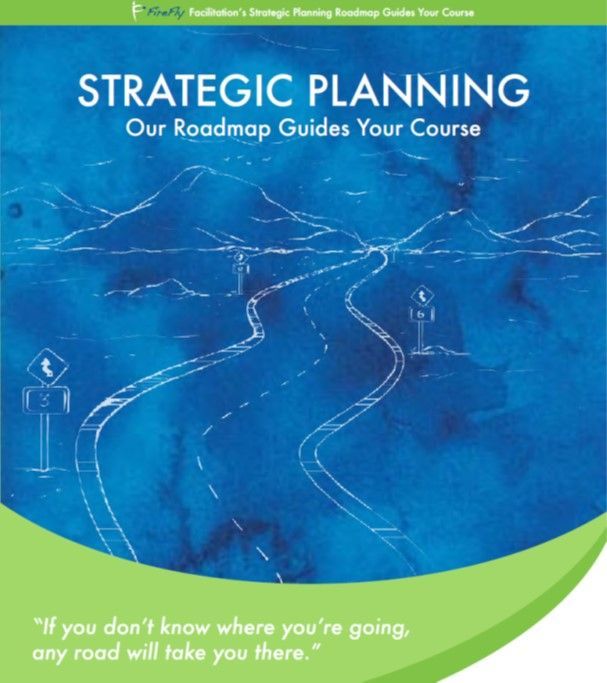What To Do With Your Collective Ideas
Beware the Dot-mocracy! Collide ideas - don't "vanillaize"!
In our previous posts, we’ve been talking brainstorming, and how to do it effectively. We discussed how to inspire ideas, and hold a round robin discussion to share them, gathering ideas onto a flip chart. But once you’ve collected ideas via sticky notes or listing them on a flip chart, what happens next?
Yes, sticky dots can be helpful in selecting ideas to move forward - but beware a "dot-mocracy" where the sheer number of sticky dots is the sole decider.
Give each person three to five sticky dots (or more dots per person for more choices). Numbering the ideas and asking each person to write the number of their choice on the dot itself before they go place it on the list is a simple way to prevent "groupthink". You know what I mean—when people get up to place their dots, and change their mind to go with the herd.
The team should next spend quality time discussing the various alternatives to see if they can combine them to develop stronger solutions that can satisfy all parties. Be sure when combining ideas to try to "collide" - and create a better idea. Don't "homogenize" or "vanillaize" the ideas, causing you to lose the parts of the individual ideas that were interesting, unique and inspiring.
This is a great time to remind everyone to keep a both/and mind-set versus either/or. You can ask members of the team to actually make the case for the benefits of the idea they don’t support, which is a wonderful way of helping them to see the strengths of the other idea, and thus making it easier to build upon or improve.
It can also be very beneficial to get the input and feedback from the broader group if there were several problem-solving teams working concurrently. It’s also worthwhile to consider using the more elaborate evaluation tools presented in my other blog posts. Whatever the final choices may be, try to be as clear and specific as possible about the solution. You can even use examples if that would help to clarify what is meant.
The team leader and those who have strong interpersonal skills have a critical role to play throughout the creative problem-solving process. They need to make sure that everyone is staying engaged along the way and promoting an open environment. You might even want to call for a process check to ask people how things are progressing from their perspective - are they feeling engaged? Is everyone remaining receptive and actively listening to each other’s ideas? It’s better to know in the midst of the session if some are not feeling engaged than to find out later when it comes time to execute the ideas that they have no desire to commit to the chosen solutions.
Everyone’s voice must continue to be heard in order for the best ideas to continue to come forward. Losing one team member’s participation means losing their viewpoint. Make it safe for them to contribute their ideas. Keep the conflict productive, and remember— creative abrasion. Discourage people from making such creativity killer statements as: “That will never work.” “We’ve tried that before, and it didn’t work.” “That’s a good idea, but ...”
Remember to seek the third way, not only your way or my way. How do you make that happen? Ask people to take on the role of another key stakeholder (such as a key customer or the CEO) and brainstorm ideas from that perspective. Explore alternative scenarios, and ask questions like, “If this works as planned, what do you see as the end result?” or “What is the worst thing that could happen if we tried it?” Make implicit assumptions explicit. Ask people to restate what they understand other positions to be. Remember to balance advocacy (arguing for your own position) with inquiry (seeking to understand another’s).
In our next post, we’ll discuss what should happen after the ideas have been thoroughly evaluated. The final step of the process, reaching an agreement on what will be implemented, will be discussed and clarified. Once you’ve reached the final step, you’re well on your way to solving your original problem.






